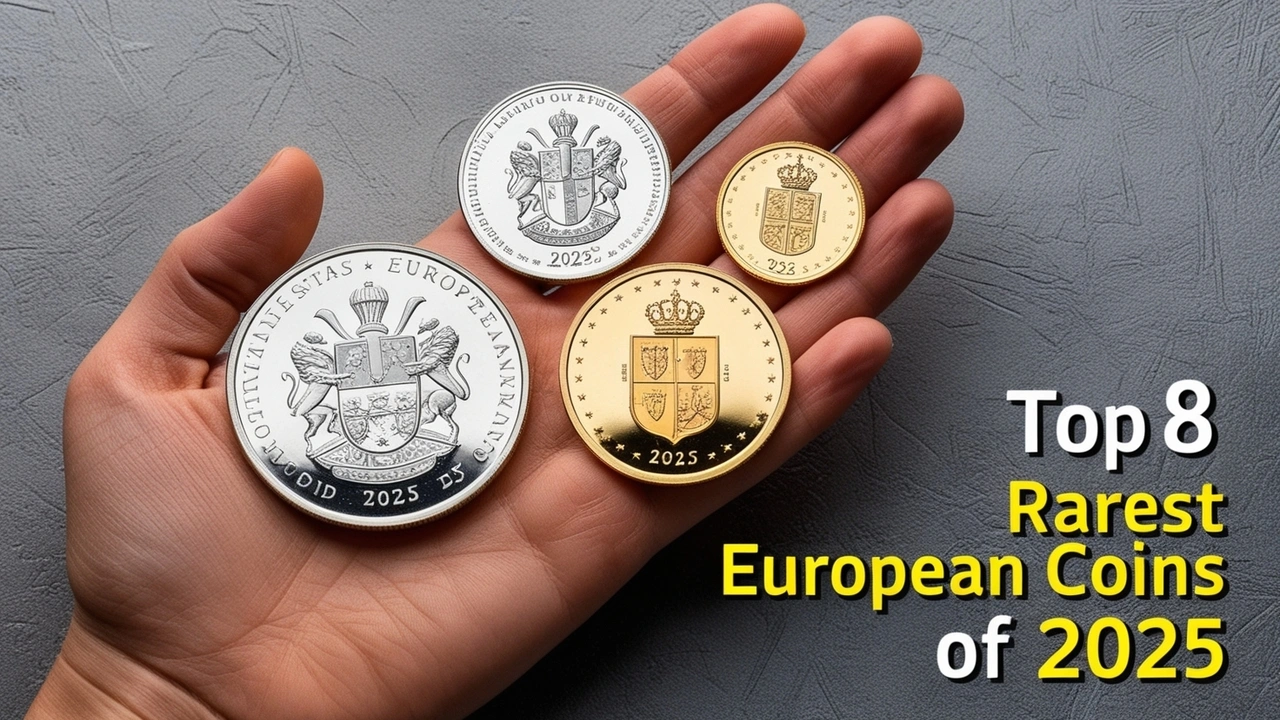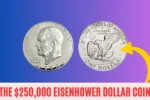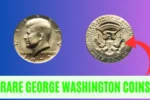Coins are more than just currency; they are historical artifacts that reflect the culture, politics, and artistry of their time. Across Europe, coins have evolved over centuries—from ancient symbols of power to modern marvels of design. Among them, the rarest European coins are treasured by collectors and historians alike, with some fetching millions at auctions.
These rare coins are valuable not only due to their age but also because of unique minting errors, limited production, or exceptional craftsmanship. This article delves into eight of the rarest European coins in 2024, exploring their fascinating stories and why they command such high prices.
A Glimpse at the Rarest European Coins
| Coin | Year | Country | Value | Unique Feature |
|---|---|---|---|---|
| French 20 Euro Cents Reverse Mule | Modern | France | $1,265 | Two reverse sides instead of an obverse and reverse. |
| Vatican Euro Coin Mule | Modern | Vatican City | $2,875 | Mismatched reverse designs from different coins. |
| Royal d’Or de Noyon | 1270 | France | $60,000 | Crown of thorns design; only six known specimens. |
| Louis XIV 15 Sols | 1670 | France | $132,000 | Minted for France’s colonies; very few remain. |
| Amadeo I Gold Specimen 100 Pesetas | 1871 | Spain | $240,000 | Limited run during Amadeo I’s brief reign. |
| Louis XIII 10 Louis d’Or | 1640 | France | $456,000 | Largest denomination in France; exceptionally rare. |
| Charles II Silver Pattern ‘Petition’ Crown | 1663 | United Kingdom | $960,000 | Crafted by a master engraver; fewer than 20 exist. |
| William IV 5-Pound Coin | 1831 | United Kingdom | $1.148 million | Extraordinary engraving and rarity. |
Why Rare Coins Command Such High Value
- Historic Significance
Rare coins often mark pivotal moments in history, from political upheavals to the rise and fall of monarchs. For example, the Amadeo I 100 Pesetas, minted during Spain’s short-lived monarchy, offers collectors a tangible link to these events. - Minting Errors and Unique Features
Coins with minting mistakes, such as mismatched designs or missing details, are highly prized because these flaws are often corrected quickly during production, making them extremely scarce. Examples include the Vatican Euro Coin Mule and the French 20 Euro Cents Reverse Mule. - Limited Production
Coins produced in small quantities, like the Royal d’Or de Noyon or the William IV 5-Pound Coin, are highly sought after by collectors. Their scarcity fuels demand, with some willing to pay top dollar for these elusive finds.
The 8 Rarest European Coins
1. French 20 Euro Cents Reverse Mule (Modern)
This modern coin gained fame for a rare minting error where both sides display the reverse design of the 20 Euro cents. Minting errors of this nature are extremely rare, as quality controls usually catch them during production. With an estimated value of $1,265, this coin highlights the intricacies of modern minting.
2. Vatican Euro Coin Mule (Modern)
Another modern error, the Vatican Euro Coin Mule features reverse designs from two different coins—a 20-cent Euro and a 50-cent Euro. This unusual mismatch has made the coin highly desirable among collectors, valued at approximately $2,875.
3. Royal d’Or de Noyon (1270)
Dating back to medieval France, the Royal d’Or de Noyon features a crown of thorns motif tied to King Louis IX, later canonized as Saint Louis. With only six known specimens, this coin holds immense historical and religious value, fetching around $60,000.
4. Louis XIV 15 Sols (1670)
Minted during the reign of Louis XIV for use in France’s New World colonies, the Louis XIV 15 Sols is valued at approximately $132,000. Only a few of these coins survive today due to their original production of 40,000 being largely melted down.
5. Amadeo I Gold Specimen 100 Pesetas (1871)
Minted during the brief reign of King Amadeo I, this gold coin is valued at around $240,000. Due to the monarchy’s short duration, only a limited number of these coins were produced, making it highly sought after.
6. Louis XIII 10 Louis d’Or (1640)
Known as France’s largest coin by denomination, the Louis XIII 10 Louis d’Or is impressive both in size and rarity. Weighing 67 grams and measuring 44 millimeters in diameter, this coin is worth approximately $456,000.
7. Charles II Silver Pattern ‘Petition’ Crown (1663)
Crafted by master engraver Thomas Simon, the Charles II Silver Pattern ‘Petition’ Crown was created to showcase Simon’s skills to King Charles II. With fewer than 20 in existence, it commands a price of approximately $960,000.
8. William IV 5-Pound Coin (1831)
This British coin, engraved by William Wyon, is renowned for its extraordinary artistry. Only six to ten specimens are believed to exist, making it one of the rarest British coins. Its value has soared to an estimated $1.148 million.
How to Spot Rare European Coins
If you’re looking to unearth one of these treasures, here are a few tips:
- Minting Errors: Coins with unusual features or mismatched designs can be valuable.
- Historical Context: Coins tied to significant events or rare monarchs, like the Amadeo I 100 Pesetas, tend to carry higher value.
- Condition: Coins in good condition with clear details are more desirable to collectors.
Why Collectors Value These Coins
Rare European coins are coveted not only for their monetary value but for the stories they tell. These coins capture moments in history, showcase fine craftsmanship, and embody the rarity that makes them irresistible to collectors and numismatists.
Final Thoughts
The rarest European coins are more than just collectibles; they are pieces of history. Whether it’s the medieval Royal d’Or de Noyon or the stunning William IV 5-Pound Coin, each coin represents a fascinating blend of artistry, history, and value. If you ever come across one of these hidden gems, consider yourself lucky—you might just hold a fortune in your hands.



